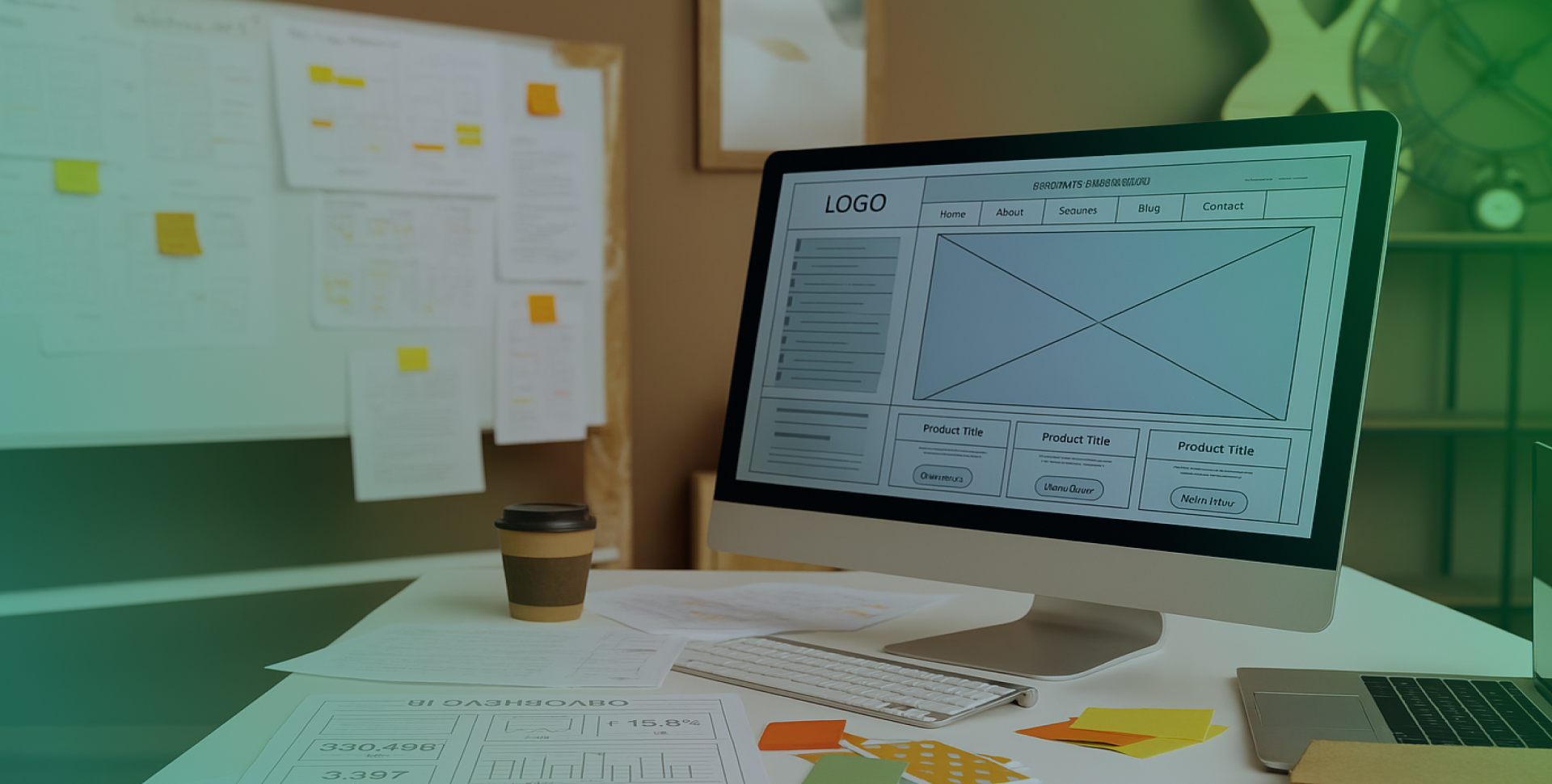
UX Design in Data Projects: Discover the Benefits
-
 Written by
Written by -
CategoryData Product Development
-
Published DateJune 25, 2025
UX design techniques applied to data projects shift the focus to the user, and the results are more personalized, secure, and intuitive deliveries. Too often, data teams end up reworking projects because the final delivery doesn’t match what the client expected. That disconnect wastes time, drains resources, and delays impact.
UX design solves this. This field focuses on solving customer problems, meeting their needs, and making product use easier and more efficient. It involves practical techniques like conducting user interviews, validating early concepts, and involving stakeholders at key stages of development.
In this article, we’ll explore these methods and show how applying UX design to data projects leads to better alignment, stronger engagement, and more successful outcomes.
Why Use UX Design in Data Projects?
User experience design, or UX design, is a product development methodology where the target audience is central from the start. Teams can create solutions that are more intuitive, aligned with real needs, and more likely to meet expectations when users are involved early in the process. The result is a product that’s more user-friendly, and trusted.
When we apply UX techniques to data projects, we reduce feedback cycles and save resources because it minimizes misalignment with client expectations. Projects that lack user focus generate a final product with difficulties in:
- Data interpretation
- Deriving insights
- Identifying delivery value
Many clients may prefer to return to spreadsheets rather than use new data products To close this gap, teams must focus on the user’s specific context: The problem they want solved, their strengths, and their needs. Several UX techniques can help achieve these objectives in a data project.
Data Projects and UX: Best Techniques
1. UX Research
UX research conducts studies to understand the user’s context. These insights ensure a better understanding of the problem the data solution aims to solve. Products developed without a UX perspective are based on a distorted view of user needs. This leads developers to rely on their own experiences and beliefs to create product features.
For this reason, UX researchers must strive to distance themselves from personal beliefs and adopt a learning mindset with users. At the same time, they must not neglect the required functionalities.
Another UX research technique is the use of personas during development. Personas are profiles created to illustrate the standard user of a product. They provide essential guidelines throughout the process to meet users demands and expectations. In user-focused projects, personas are revisited to reinforce the user’s needs.
In the context of data projects, personas help understand users’ familiarity with:
- Data sets
- Technology and data visualization preferences
- Interactivity (such as filters and sorting)
- Knowledge gaps that could hinder product use
Early identification of these characteristics allows teams to design visualizations and features that match the user’s profile. This approach strengthens relationships with clients and delivers exactly what they need.
2. Interactive Prototyping with the User
Mockups and prototypes are another UX practice that benefits data product projects.
Mockup: A graphical representation of a product to simulate its final appearance at a low cost. They can start with simple lines and low fidelity, and evolve to high fidelity with colors, typography, and identical elements in the final product.The creation of various fidelity mockups should follow UX research findings.
Prototyping: It involves the combination of screens interactively to simulate the user experience and navigation. Users and clients review prototypes to validate the information architecture and product navigation. It can be done alongside mockup creation, and allows for continuous testing and feedback before the development stage.
Including users in the creation of mockups and prototypes helps identify usability issues early, saving time and resources. Early detection of problems also makes modifications easier and less costly.
Mockups and prototypes can be created even without a structured database, and provide valuable deliverables to clients while data engineers understand the database. This accelerates the definition of the best visualizations for the project early on.
Data Accessibility with UX Principles
UX and design principles based on human perception and cognition help minimize usability errors and make products more intuitive. They reduce cognitive load and improve how users interact with the product. While these principles should be used cautiously and not overshadow user context information, they provide a good starting point for sketching data products.
Design principles like Nielsen’s heuristics and Gestalt principles are noteworthy. Nielsen’s heuristics offer specific guidelines to identify common interaction issues. For example, the consistency and standardization heuristic involves the standardization of visual features with the same function, like buttons having the same size and colors throughout the product.
Gestalt principles explain how users perceive and organize visual information. The proximity principle, for example, states that people perceive close elements as a group. In data products, this means keeping elements within a section close to one another, while using more spacing between sections to clearly define groups and improve visual understanding.
When applied, Nielsen’s heuristics and Gestalt principles can create cohesive, intuitive, and user-centered data products, which improves efficiency and user satisfaction.
In data products, these UX design principles simplify data presentation and avoid information overload in a single visualization or dashboard. These techniques also ensure better information hierarchy and data accessibility. It’s possible to make a data product suitable for a wider audience through the application of appropriate color contrast, logical information flow, and consideration of different skill levels and special needs. This also reduces the need for rework when updating accessibility best practices.
UX Design in Data Projects: Conclusions
UX design techniques applied to data projects allows us to focus on the user, and result in more personalized, secure, and intuitive deliveries:
- Contextualization and personalization of the data product
- Interactive analysis and constant feedback
- Intuitive data product design
- Saving time and resources
- Avoiding rework
- Increased client and user satisfaction
This approach ensures a secure estimate of time, resources, and work required. It also builds confidence that the data product will meet the client’s needs.
UX Design in Data Projects by Indicium
At Indicium, our methodologies apply appropriate and customized techniques to build intuitive and tailored products. We transform data projects into efficient, secure, and satisfying experiences.
Contact us to know about our solutions.
About Indicium
Indicium is a global leader in data and AI services, built to help enterprises solve what matters now and prepare for what comes next. Backed by a 40 million dollar investment and a team of more than 400 certified professionals, we deliver end-to-end solutions across the full data lifecycle. Our proprietary AI-enabled, IndiMesh framework powers every engagement with collective intelligence, proven expertise, and rigorous quality control. Industry leaders like PepsiCo and Bayer trust Indicium to turn complex data challenges into lasting results.

Amanda Padilha
Stay Connected
Get the latest updates and news delivered straight to your inbox. By subscribing, you consent to receive emails in line with our Privacy Policy.




